
RAC sale – up to 33% off*
• Roadside cover from £5.29 a month†
• We get to most breakdowns in 60 mins or less
• Our patrols fix 4/5 breakdowns on the spot

The Giulietta was one of Alfa Romeo’s biggest sellers in the 2010s, but is it a sensible used buy today? Lawrence Allan delves deeper in this used review.
Things you'll like
- Stylish inside and out
- Range of strong and efficient engines
- More reliable than Alfas of old
Things to consider
- Practicality isn’t a strong point
- Cabin build quality isn’t the best
- Driving position won’t suit all
History: What is the 2014-2020 Alfa Romeo Giulietta?
The Alfa Romeo of today is, sadly, one that’s a shadow of its former self in terms of sales figures. Just 62,000 cars were sold in 2024 – for reference, BMW shifted nearly 2.5 million.
The decline of Alfa has been progressing for decades, but there was a time in the late 2000s where things were looking up. To address these dwindling sales Alfa went feet first into the hatchback market, replacing the ancient 147 with two core models: the Mito supermini and this, the Giulietta.
Reviving a beloved Alfa Romeo name from the 1950s, the Giulietta competed in Europe’s biggest-selling class of car and launched to much fanfare in 2010. This time, rather than launch a mass market model then trying to make it premium, parent company Fiat developed the Giulietta’s platform with Alfa in mind first, then adapted it for cheaper models.
With expensive new underpinnings, a fresh engine range and a sharp design, the Giulietta began the 2010s selling well. By 2014 it needed a refresh to face tougher competition, with more refinement, improved looks and cabin tech and a couple of revised engines.
Does this updated Giulietta make a sound used purchase, or is it best avoided? We’ll dive into details in this Alfa Romeo Giulietta used review.
Verdict: is the Alfa Romeo Giulietta a good car?
The Giulietta is a car of two halves. Its bold looks give it a kerb appeal that few 2010s hatchbacks can match, while the broad engine range contains some strong yet efficient units. It’s more dependable than Alfas of old, too, but the interior, practicality and driving experience all date the car compared to the new range of competitors that arrived halfway through its life.
Specs and used pricing
The names of the Giulietta’s trim levels changed extensively throughout the car’s life, making comparison of kit levels between the years difficult.
At the 2014 facelift, the entry-level model was dubbed Progression, with Mid-level Distinctive and Exclusive adding further equipment. QV Line was the sportiest flagship in the standard range, but the full-fat Quadrifoglio Verde with its much more powerful engine topped the range.
h.jpg)
The range was revised in 2016 to coincide with the introduction of the then-new Giulia saloon – and given that range lasted the longest, we’ll list those here.
The entry-level model, simply branded ‘Giulietta’, came with 16-inch alloys, a 5-inch colour touchscreen with USB, Bluetooth, DAB, voice recognition and Live services, tyre pressure monitoring, air-con and a space saver spare.
Most upgraded to at least Super spec, which added rear parking sensors, dual-zone climate control, cruise control, an alarm, front fogs and satin finish door mirrors, while also upgrading the cloth upholstery and adding a front armrest and electric lumbar adjustment for the front seats.
Speciale, meanwhile, further added part Alcantara upholstery, a rear armrest, aluminium pedals, 18-inch alloys, tinted windows, side skirts, sports suspension and Brembo brakes with red calipers, plus a larger 6.5-inch touchscreen with sat-nav and front parking sensors. Electric folding mirrors and auto lights and wipers completed the extensive additions.
Veloce spec focused on styling upgrades and brought lowered suspension along with titanium finished alloys and part leather/Alcantara sports seats with integrated headrests.
In terms of pricing, you’ll find 2014-on Giuliettas in serviceable condition with high mileage for as little as £2,000, but we’d recommend spending £3,000-3,500 on a tidier one with average mileage. £4-5,000 commands higher spec examples that have been well cared for, while £7000 gets you access to later, high spec models with under 60,000 miles.
QV (Cloverleaf) or Veloce models with the ‘1750’ turbo petrol engines are rare and command substantial premiums, starting from £9,000 for early high mileage models up to over £15,000 for the newest, best condition examples.
Rivals
The Alfa Romeo Giulietta could be defined as ‘semi-premium’ when new, competing with models such as the BMW 1 Series, Audi A3 and Mercedes-Benz A-Class but also more mainstream models such as the Mazda 3 and SEAT Leon.
Also consider sportier, higher-spec examples of the Ford Focus, Vauxhall Astra, VW Golf and Honda Civic, while the Peugeot 308, Volvo V40 and Renault Megane are also worth considering. Don’t forget cars like the Hyundai i30 Turbo and Kia Pro_cee'd GT, either.
Interior and practicality
The interior of the Giulietta is where the car shows its relative age more than any other area. At first glance it’s a stylish enough cabin, with a swooping dash shape and Alfa’s trademark cowled dials.
After the 2014 facelift, and again in 2016, Alfa made some minor improvements to the technology and quality, but in both respects the Giulietta still feels outdated compared to alternatives.
The fundamentals aren’t bad: the design still looks fairly fresh and there are easy to use physical controls for the climate and infotainment functions. The Alcantara and attractive sports seats of high-end models life the ambience, too, while the UConnect media system with TomTom navigation is easy to use.
But there are still too many scratchy plastics, loose bits of trim and switchgear that ages poorly for what was meant to be a BMW and Audi competitor. It also means buying used means trying to find examples where there aren’t broken interior trim bits dotted about.
Similarly, the driving position is a letdown. There’s nowhere to rest your left foot when it’s off the clutch, while the pedals are too close together and the steering wheel doesn’t adjust close enough to your chest, meaning taller drivers will struggle to get comfortable. Rear visibility isn’t great, either.
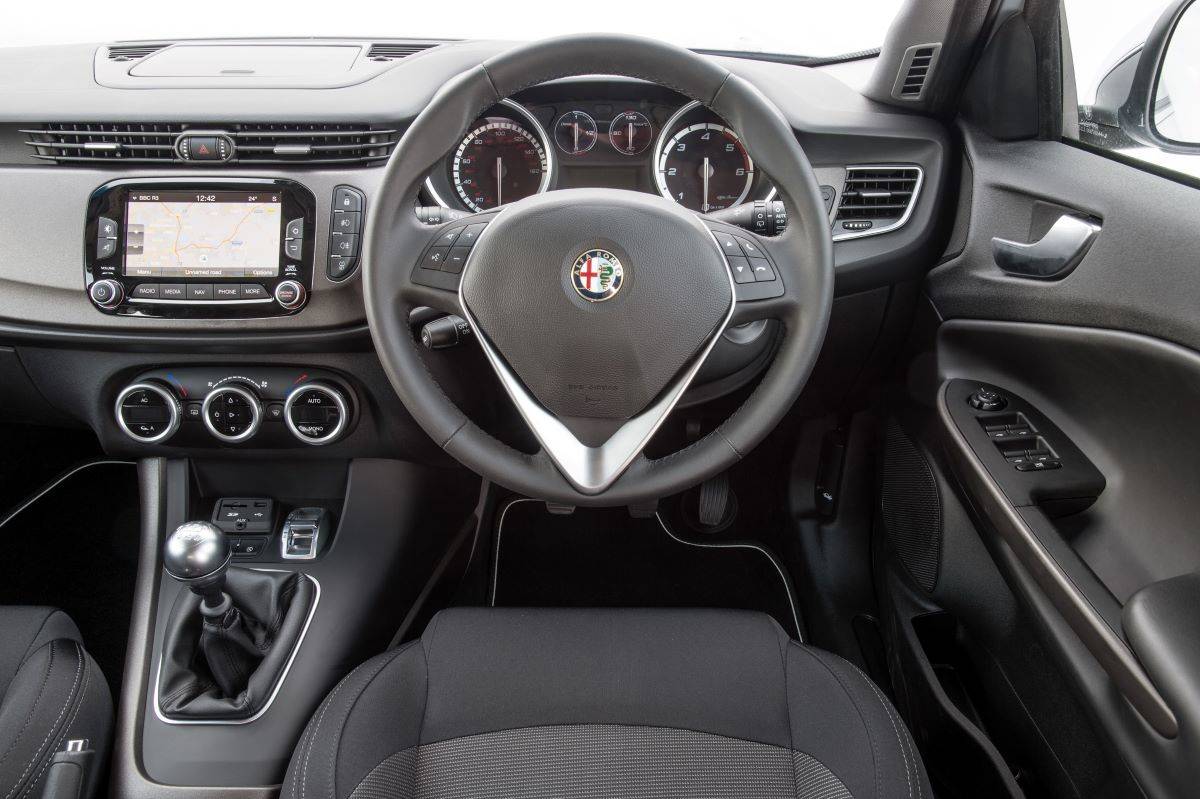
Passenger space, storage and boot space
Interior space is not a particular strong point of the Giulietta, despite the seemingly practical five-door layout.
Even up front you’ll find noticeably less space than in, say, a VW Golf, with headroom in particular short supply for those six feet and over. That’s even more of an issue when the sunroof is fitted. Cabin storage isn’t much to write home about, either.
Rear space, too, is compromised compared to most rivals. It’ll be fine for kids, but if you’re expecting to regularly carry adults they won’t relish the idea of a long trip. Legroom is tight, while the Giulietta’s low roofline means that even average-sized adults will find their head brushing the roof, and six footers will have to crouch.
That’s a shame, although if all you’ll do is stick a child seat or two in the back it won’t be an issue. Both outer rear seats have Isofix mounting points, while access to the rear via the doors is pretty good.
The 350-litre boot, meanwhile, is average at best, with a high loading lip and a lot of wheelarch intrusion. It’s fine for a small shopping trip or a couple of suitcases, but well off the pace by modern class standards.
What is a used Alfa Romeo Giulietta like to drive?
By the standards of the early 2010s the Giulietta delivered a fairly well-rounded driving experience, blending tidy handling with reasonable comfort levels and plenty of grip.
Refinement was noticeably improved in 2014, too, thanks to extensive modifications to boost insulation. If you’re coming from an earlier Alfa, like the 147, then the Giulietta’s grown up feel should be a pleasant surprise.
Unfortunately, time can be unkind, and by the mid to late 2010s cars like the latest BMW 1 Series and Ford Focus had redefined the driving experience of family hatchbacks. By comparison, the Giuletta handled willingly enough, but lacked ride composure and low-speed comfort.
Even Alfa’s ‘DNA’ switch was a good idea executed poorly. None of the modes offered a good compromise, with Dynamic making the car feel jumpy and hard to drive smoothly, and Natural and All Weather giving inadequate throttle response.
Engines
The Giulietta’s engine was at its most extensive after the 2014 facelift, with four petrols and three diesel engines to choose from. None are a particular weak link in terms of performance.
The 1.4-litre four-cylinder turbo unit was available in base 120hp form, which offers an acceptable turn of speed (0-62mph in 9.4 seconds isn’t slow) but is probably best suited to town dwellers or those looking to keep insurance premiums down.
More appealing to keen drivers are the MultiAir versions of the same engine, utilising electronically controlled intake valves to give a useful boost in power and torque. These came in 150hp and 170hp forms, completing the 0-62mph sprint in 8.2 seconds and 7.6 seconds respectively.
The MultiAir units delivered an excellent combination of gutsy low-down shove and responsive mid-range oomph, but for those looking for even more poke then the potent (and rare) ‘1750 TBi’ engine used in the QV/ Veloce model.
With a stout 240hp, this all-aluminium engine was completely overhauled for 2014 to improve response and efficiency, also gaining launch control to allow an impressive 0-62mph time of six seconds dead. This engine is also the same fitted to Alfa’s 4C sports car.
The diesels, meanwhile, are also strong. Even the base 120hp 1.6 JTDm serves up perky enough performance for most people’s needs (despite being the slowest on paper. The 150hp 2.0JTDm is usefully brisk, though, while the 175hp version doesn’t add a great deal extra on paper.
A six-speed manual gearbox came as standard across the range, but the 170hp MultiAir and 175hp JTDM diesel came only with Alfa’s latest (and fairly slick) ‘TCT’ six-speed dual-clutch automatic. It was also an option on the 1.6 diesel.
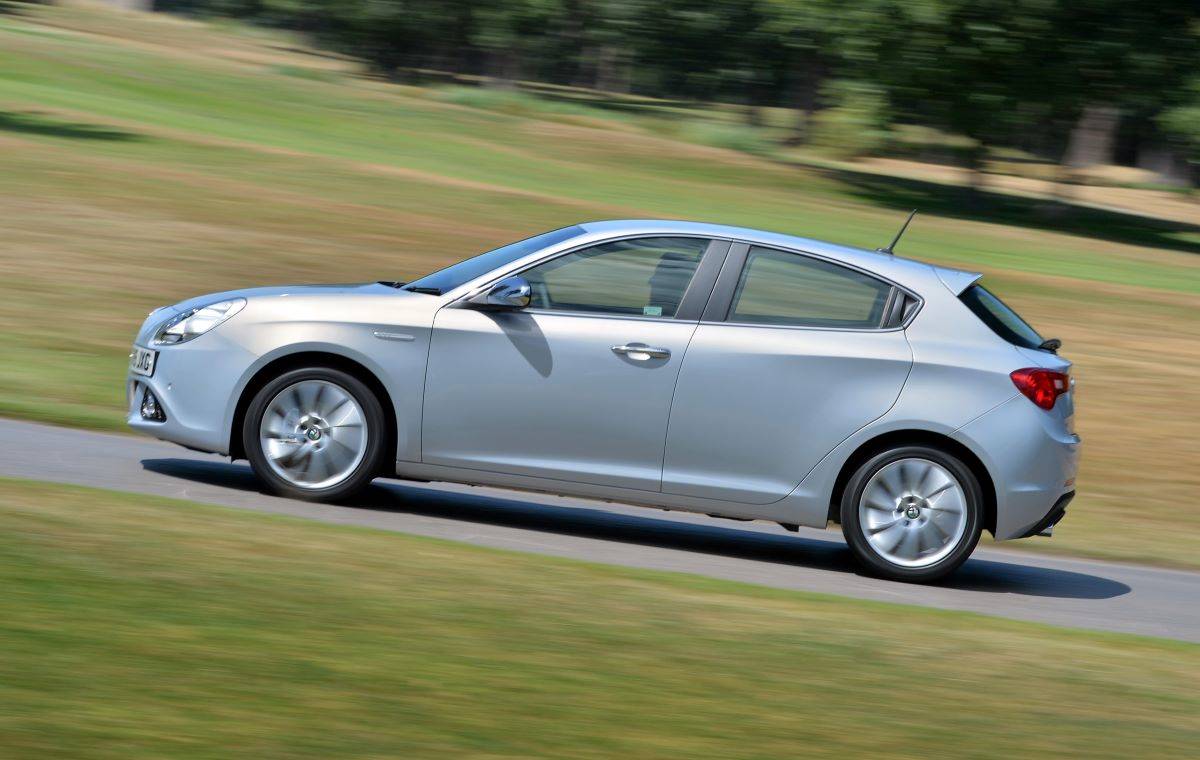
Ownership, running costs and reliability
The Giulietta’s engine range blended performance and efficiency extremely well for the era – though it’s worth bearing in mind that the below economy figures were recorded under the old, less realistic NEDC test cycle rather than the latest WLTP regime.
The base petrol engine managed a reasonable 45.6mpg combined, but that was boosted to between 51 and 57mpg for the excellent MultiAir units, despite their considerable extra straight-line speed.
Even the QV/Veloce engine promised 41.5mpg combined – a strong figure given the acceleration on offer.
Diesels, meanwhile, were also impressive on paper, with the base 1.6-litre managing a seriously good 74.3mpg. and the 2.0-litre only dropping that to 67.3mpg combined. The 175hp unit was only slightly worse off, at 65.7mpg.
Of equal (or greater) importance for a used buy is servicing costs. All Giuliettas require annual servicing at this age, but it’s also worth bearing in mind that they’re all equipped with cambelts that need replacing every five years (four years for the 1750 engine). The wide use of these engines across the Fiat group means servicing costs aren’t overly high, however.
Reliability was often a stick used to beat the Alfa Romeo brand back in the day, and rightly so as many older Alfas are troublesome. The Giulietta came from a good era, however, and 2014-on models in particular saw many of the early niggles ironed out.
There are still things to watch out for, however. Minor reported issues such as broken bits of trim and wiring loom gremlins aren’t unheard of, while heater blower fans are another reported weak spot.
Reports suggest that it’s vital the MultiAir petrols receive regular oil changes to keep them in good condition, although buyers will be happy to hear that issues with the MultiAir system are less common after revisions in 2014.
As for the diesels, reports suggest they’re reliable overall when maintained well. Injectors can fail, and the torque output can wear out clutches and flywheels, but that applies to most modern diesels. The TCT automatic gearbox can reportedly cause expensive bills with higher mileages, however.
We'd also add the usual caveats: we’d steer clear of examples without full service history, while checking the condition of the brake pads and discs and ensuring the battery is healthy can help avoid unwanted bills early on in your ownership.
Euro NCAP: is a used Alfa Romeo Giulietta a safe car?
The Giulietta hit the standard expected of a family car in the 2010s, managing a five-star Euro NCAP crash test rating at the start of its production run.
That rating ceased to apply by 2017 as the testing standards had changed, but at the time its impressive scores of 97% for adult occupant protection, 85% for child occupant protection and 86% for safety assists put it above the (also five-star) Ford Focus and BMW 1 Series.
Sadly, while standards moved on, the Giulietta didn’t, and when it was retested again in 2017 scores in all categories had fallen and it achieved a middling three-star rating. By that time pretty much every competitor had moved to a new generation and achieved better scores.
Part of the problem is that Alfa Romeo never introduced safety technology such as autonomous emergency braking and lane keeping assistance later in the car’s life – systems that were penalised in their absence by Euro NCAP.
Alfa Romeo Giulietta FAQs
Is the Alfa Romeo Giulietta a good car?
We reckon the Giulietta is a good buy if you’re after a hatchback with a bit more style and pizazz than the norm. It’s decent to drive, has a great engine range and is more reliable than Alfas of old.
Why was the Alfa Romeo Giulietta discontinued?
The modern-day Giulietta lasted 11 years in the same form, but towards the end of its life Alfa Romeo bosses admitted buyers were more interested in SUVs and the brand had to follow market demand to sell cars.
Is the Alfa Romeo Giulietta reliable?
The Giulietta is one of the most reliable modern-era Alfa Romeo’s according to reports, with relatively few mechanical issues. Early Multiair petrols had issues fixed by the facelift, but other than that a well-maintained car should be a good buy.

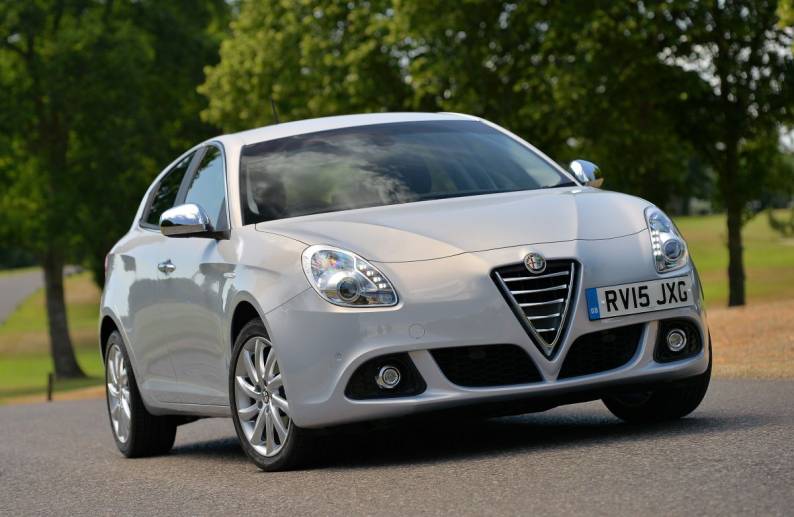
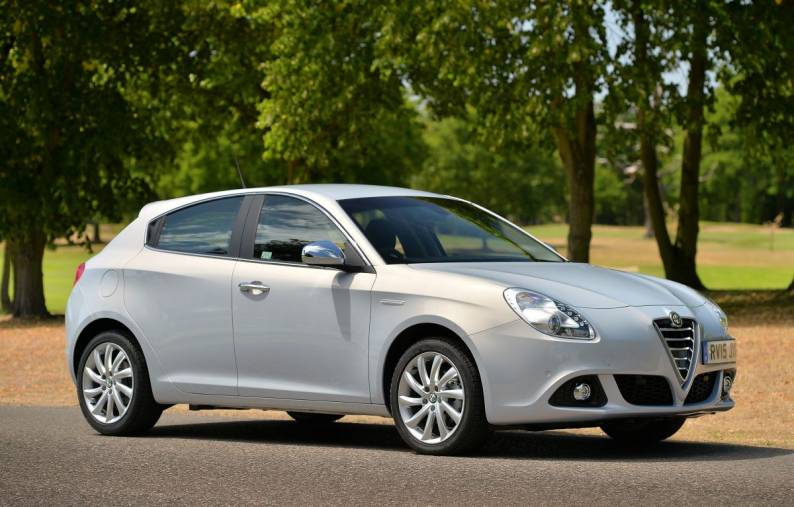
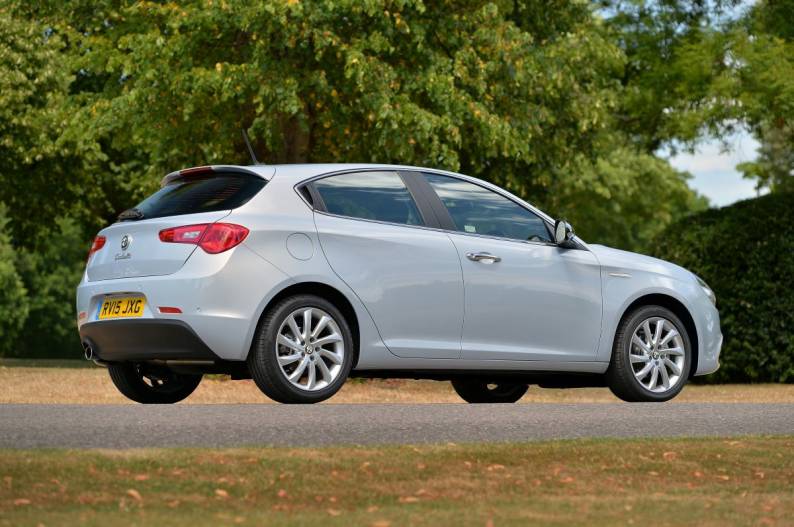
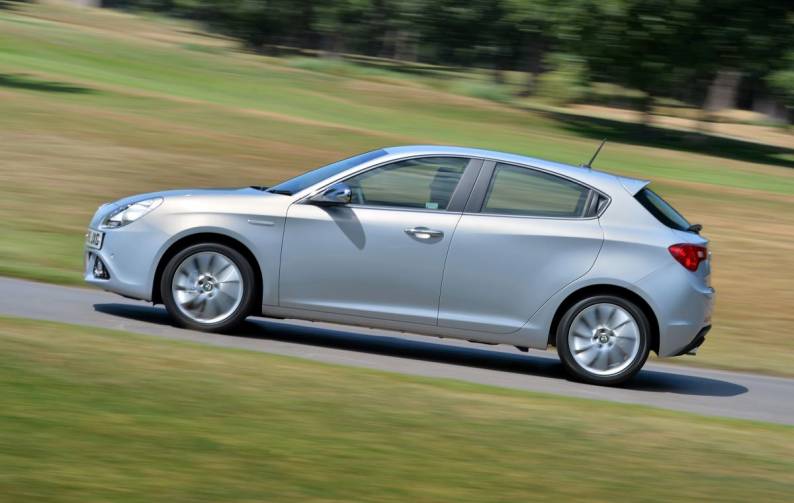
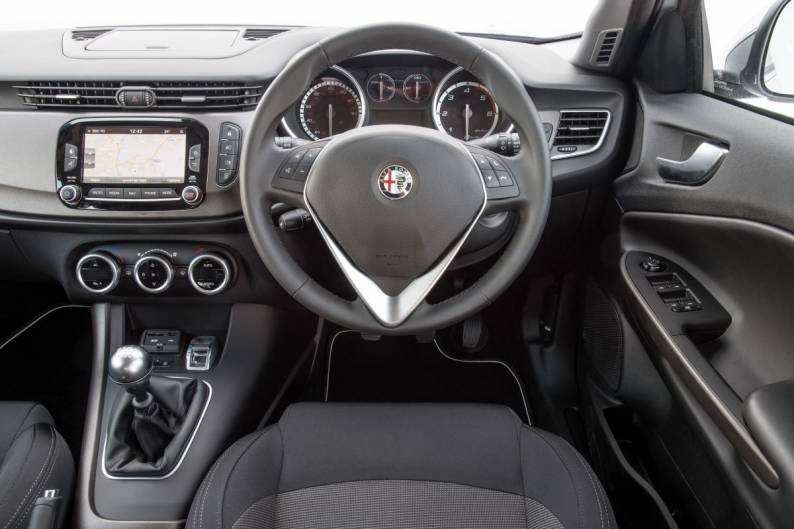

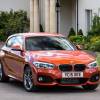
![Ford Focus [MK3] [C346] (2014 - 2017) used car review](https://d1ix0byejyn2u7.cloudfront.net/drive/images/made/drive/images/remote/https_d2yv47kjv2gmpz.cloudfront.net/filestore/4/6/1/1_99b5d5492e48f36/3e0bd89959781155482c43e2e5320efe/1164_b70d4afae619863_100_100_70_c1_c_c.jpg)


